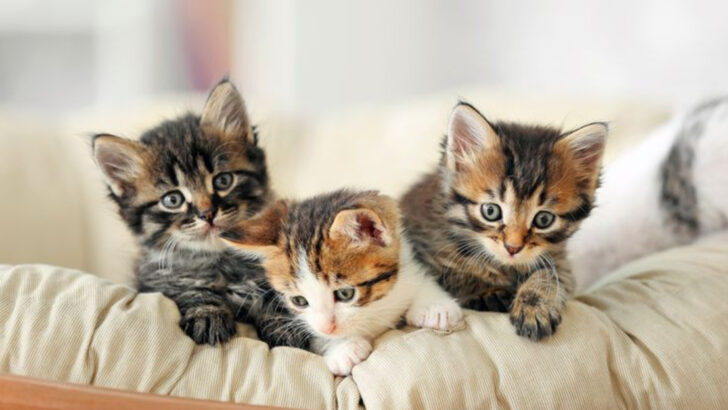Kittens are chaos in a fur coat—and we’re obsessed.
One second they’re pouncing on invisible monsters, the next they’re asleep in your sock drawer like it’s the Ritz. These tiny agents of adorable mayhem come preloaded with mystery, mischief, and a shocking number of weird skills.
They can purr before they can see. They dream. They climb like caffeinated ninjas. And somehow, despite the broken lamps and shredded curtains, they always get away with it.
Why? Because those baby faces are just the start. There’s a whole secret world behind those whiskers—and it’s as fascinating as it is fluffy.
Ready to fall even harder for your favorite little gremlins? Let’s get into it.
Kittens Can Dream
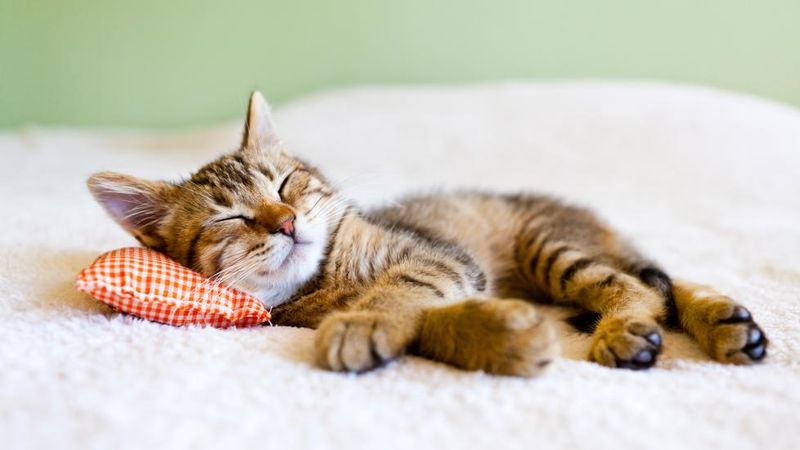
Ever wonder what kittens dream about? Like humans, kittens experience REM sleep, the stage where dreams occur. During this phase, their tiny paws might twitch, and they could let out soft purrs and squeaks.
It’s heartwarming to imagine them chasing butterflies or playing in fields of catnip in their dreams. Observing a kitten in this state can be both amusing and endearing.
Their dreams might even inspire their daytime adventures! The idea that these little creatures have a rich dream world adds another layer to their already fascinating nature. Dreaming is just one way kittens mirror human behavior.
Purring Isn’t Just for Happiness
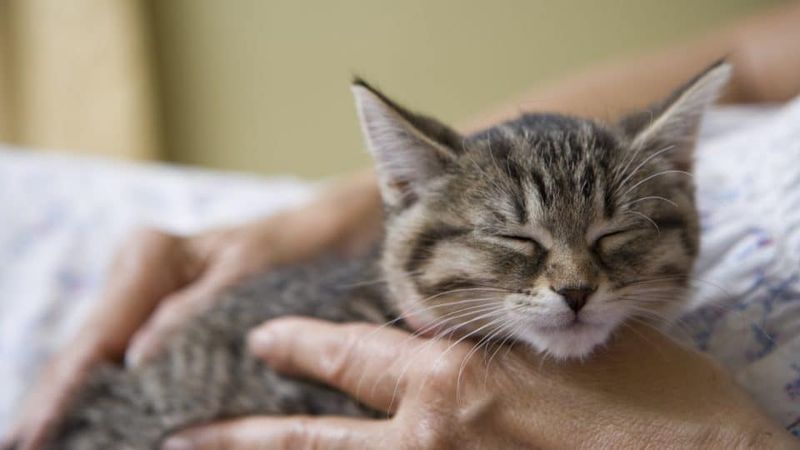
Purring is often associated with a cat’s contentment, but kittens purr for various reasons. They might purr when feeling scared or in pain as a way to self-soothe.
Remarkably, the frequency of a kitten’s purr has healing properties, potentially mending bones and reducing stress. This multifaceted behavior showcases kittens’ complexity.
A purring kitten can be a source of comfort, not just for themselves but also for their human companions. Their purrs, soft and rhythmic, create a calming atmosphere that can turn any space into a sanctuary. Kittens’ purring is truly a unique communication form.
Born Blind and Deaf
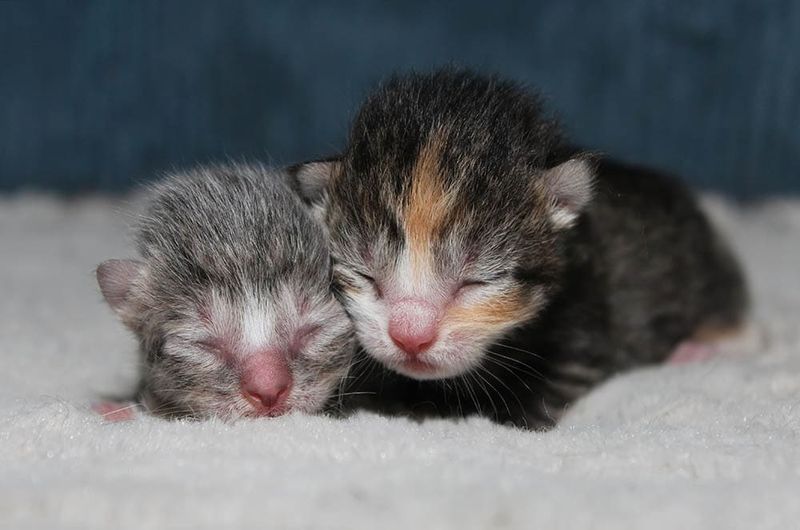
Kittens enter the world with closed eyes and ears, rendering them blind and deaf initially. This vulnerability is compensated by their heightened sense of touch and smell.
They rely on their mother and littermates for warmth and nourishment. Watching them gradually gain their sight and hearing is a fascinating process. As their eyes open, usually around the second week, they start exploring their surroundings.
Their tiny meows grow louder as they discover their voices. This developmental stage is crucial, marking the beginning of their adventurous lives. Witnessing a kitten’s first steps is a magical experience.
Kneading for Comfort
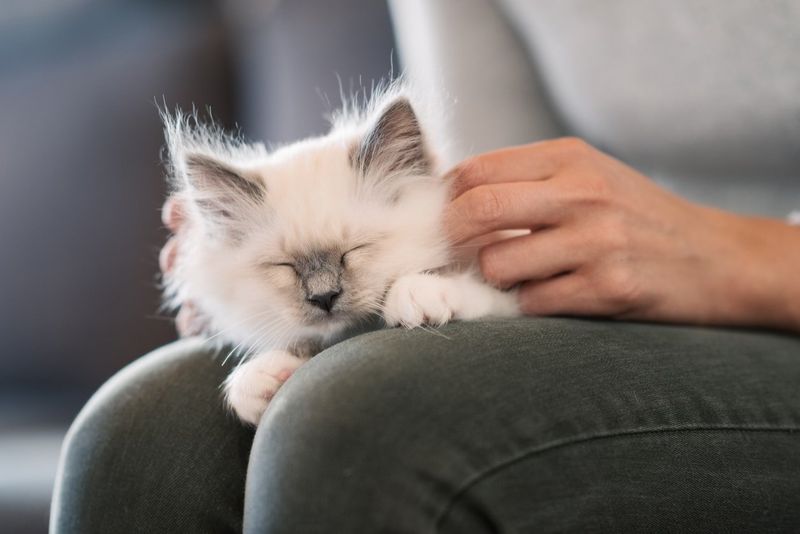
With rhythmic paw motions, kittens knead soft surfaces, reminiscent of making biscuits. This behavior stems from nursing, as they press against their mother’s belly to stimulate milk flow.
Kneading can be soothing for kittens, often accompanied by purring. As they mature, this habit continues, offering comfort and marking territory. It’s endearing to see a kitten lost in the moment, paws moving methodically.
For humans, it’s a sign of trust. When a kitten kneads you, they see you as a source of security and love. This charming trait highlights the deep bond between kittens and their caregivers.
Kittens Have a Strong Play Instinct
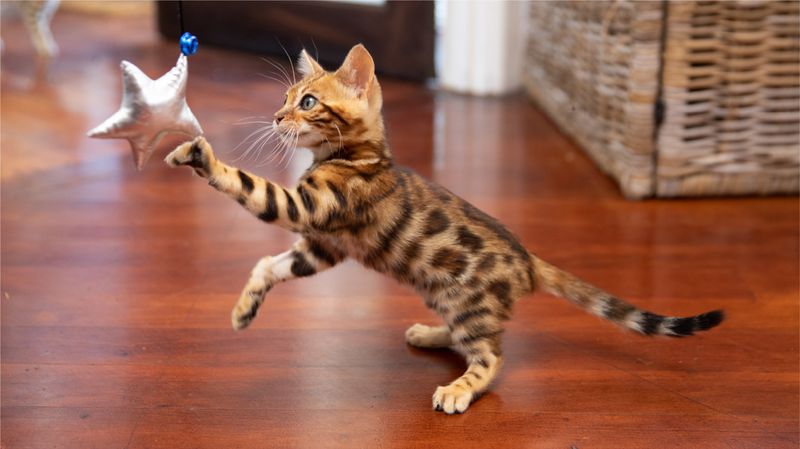
Playtime is essential for kittens, going beyond mere entertainment. It helps them develop hunting skills and social behaviors. Kittens can turn anything into a toy, from crumpled paper to shoelaces.
Their playful antics, with jumps and somersaults, not only entertain but also teach coordination and agility. Engaging in play strengthens their muscles and hones their reflexes.
Watching kittens play is a joy, as they seem to radiate pure happiness. Their boundless energy and imagination during playtime are infectious, reminding us of the simple joys in life. It’s a vital part of their development and well-being.
Whisker Sensitivity
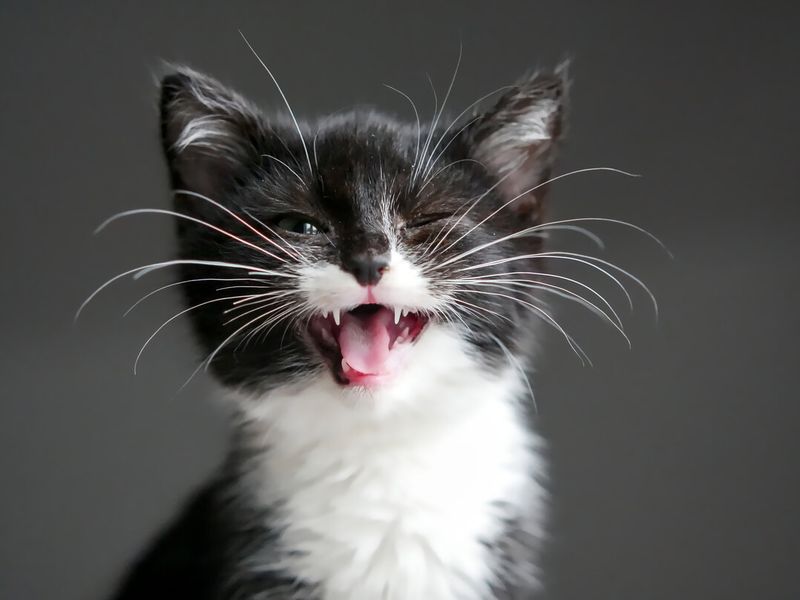
Kittens’ whiskers are remarkable sensory tools. Each whisker is embedded deeply into their skin and connected to a sensitive nerve. This allows kittens to detect changes in their environment, even minor air movements.
Whiskers help them gauge space, which is crucial for navigating tight spots. They also aid in night-time hunting. Observing a kitten’s whiskers in action is intriguing as they explore new surroundings.
These delicate features contribute significantly to their survival instincts. Their apparent curiosity and intelligence are partly due to these sensitive sensory receptors. Whiskers are indeed vital for a kitten’s life.
Unique Coat Patterns
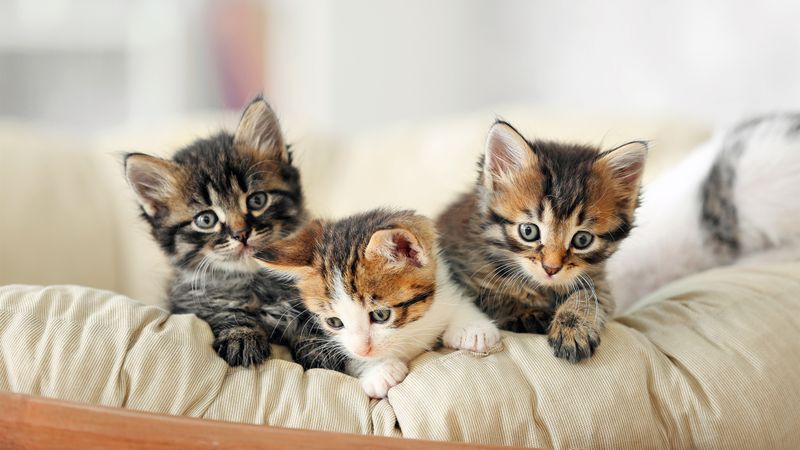
Each kitten boasts a unique coat pattern, much like human fingerprints. These patterns are a result of genetics and can range from classic tabby stripes to striking spots or solid colors.
The diversity in their coats is captivating, often leading to identification with specific breeds. A kitten’s coat can also change as they grow, revealing surprises over time.
This individuality adds to their charm, making each kitten a one-of-a-kind companion. Observing the subtle changes in a kitten’s coat is an enjoyable aspect of raising them. Their colorful pelts tell stories of heritage and personality.
Kittens Meow to Communicate with Humans
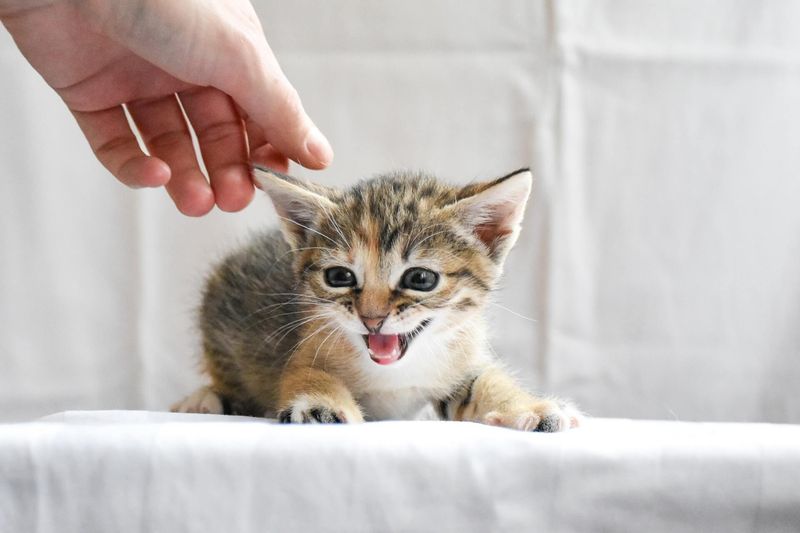
While adult cats rarely meow at each other, kittens quickly learn that meowing gets human attention. This behavior is primarily directed towards humans rather than other cats.
A kitten’s meow varies in tone and volume, expressing different needs or emotions. It’s their way of saying they’re hungry, seeking companionship, or simply curious.
This vocal communication strengthens the bond between kittens and their owners. Listening to a kitten’s meow can be both adorable and insightful, as it offers a glimpse into their world. Through meows, kittens connect with humans on a heartfelt level.
The Power of Paws
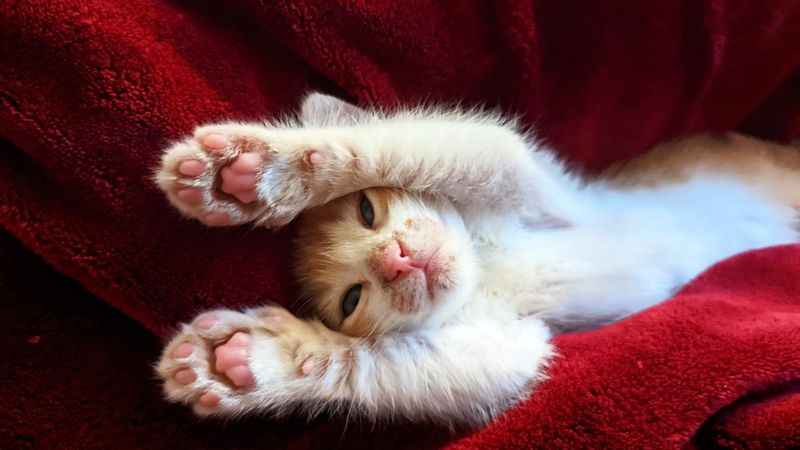
Kittens’ paws are tiny powerhouses. Besides looking cute, they serve multiple purposes. Paws contain glands that secrete a unique scent, used to mark territory. They’re also equipped for climbing, hunting, and defending.
The soft pads cushion impacts and enable silent stalking. Watching a kitten use its paws to bat at toys or climb curtains showcases their agility and curiosity. Each toe is a marvel of evolution, playing a crucial role in their daily adventures.
These small but mighty appendages contribute significantly to a kitten’s exploration of their environment. Their paws are truly fascinating instruments.
A Tale of Tail Balancing
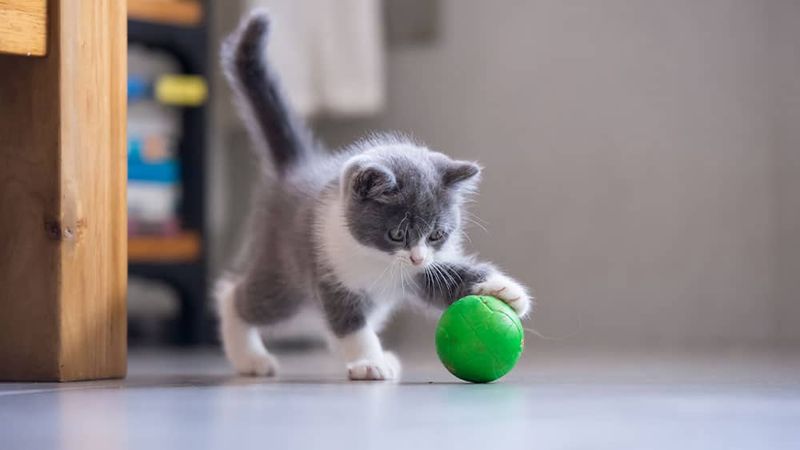
Kittens use their tails for balance, much like a tightrope walker uses a pole. The tail acts as a counterbalance, aiding in agile movements and sharp turns.
This is especially useful during playful chases or when navigating narrow spaces. A kitten’s tail is expressive, too, signaling emotions such as excitement or curiosity. Observing a kitten’s tail during play reveals its importance in maintaining equilibrium.
This fascinating aspect of their anatomy highlights how each part of a kitten is perfectly adapted for their active lifestyle. Tails are more than just a cute feature; they’re essential for balance.
Kittens Are Highly Social
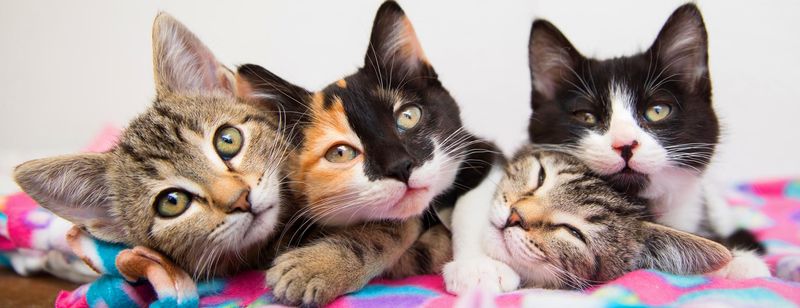
Kittens thrive in social environments, benefiting from interaction with humans and other animals. Socialization during their early weeks is crucial for developing a friendly and adaptable temperament.
Group play enhances their ability to read social cues and build confidence. Introducing kittens to diverse experiences can prevent fearfulness in adulthood. Watching kittens engage with each other and their surroundings is delightful, as they exhibit affectionate behaviors like grooming and cuddling.
Their social nature ensures they’re well-adjusted companions, eager to form bonds. Kittens’ interaction skills are as important as their playful antics in shaping their personalities.
The Growth of Kitten Teeth
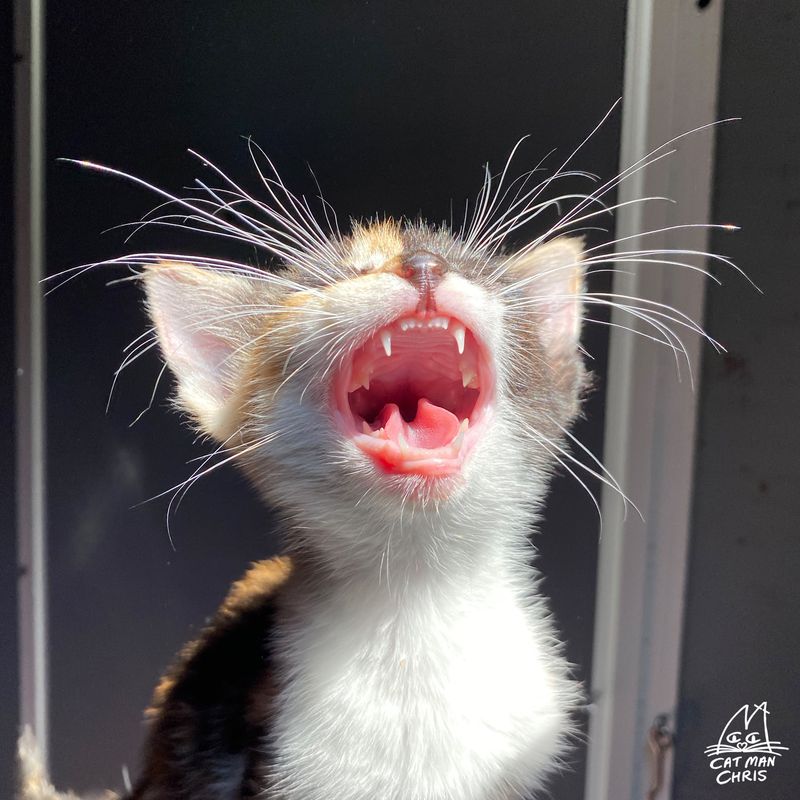
Kittens, similar to human babies, teethe as they grow. Their first set of baby teeth emerges around two to four weeks of age. These tiny teeth are sharp but will eventually fall out, replaced by permanent adult teeth by six months.
Teething can cause discomfort, leading kittens to chew on objects for relief. Providing appropriate chew toys can help. Observing a kitten’s tiny teeth as they yawn or play is endearing, highlighting another stage of their growth.
The transition from baby to adult teeth is a natural part of their development, marking their journey towards maturity.
Kittens and Their Hunting Skills
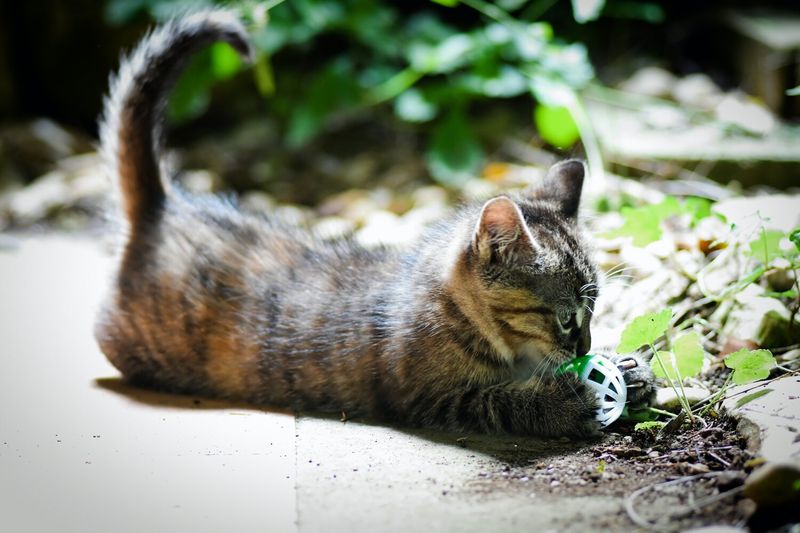
Despite their innocent appearance, kittens possess innate hunting instincts. Playtime often mimics hunting scenarios, with pounces, chases, and captures. These activities are not only fun but also crucial for developing coordination and survival skills.
Even indoor kittens engage in this behavior, often targeting toys or household items. Their playful stalks and leaps are a window into their wild ancestry.
Watching a kitten hone these skills is both entertaining and educational. It underscores the dual nature of kittens: adorable companions with a touch of the wild. Hunting play is essential for their growth and happiness.
Kittens and Their Love for Sunbathing

Kittens often seek out sunny spots to nap, enjoying the warmth and comfort. Sunbathing aids in regulating their body temperature and can be soothing. This behavior is reminiscent of their ancestors, who would bask to conserve energy in the wild.
Watching a kitten stretch luxuriously in a sunbeam can bring a sense of peace. However, it’s essential to ensure they have access to shade and water to prevent overheating.
This love for sunlight is a charming trait that highlights their connection to nature. Sunbathing is more than relaxation; it’s a natural and instinctive behavior.

